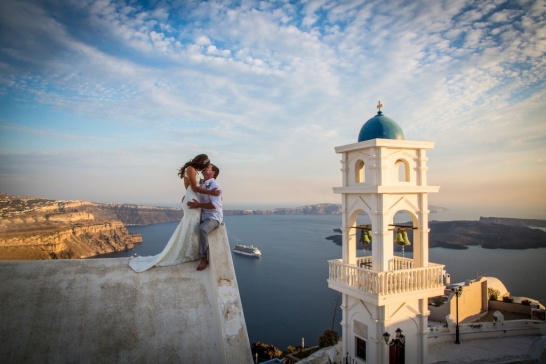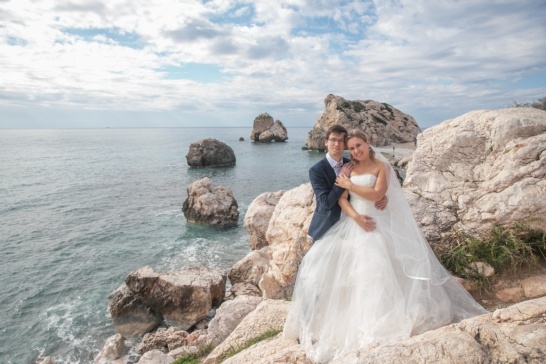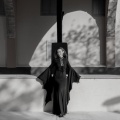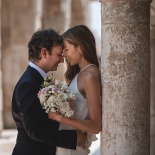Nicosia. Journey to the capital of Cyprus
The capital of Cyprus is one of the most ancient cities of the world. Frankly speaking each time I hear “ancient” featureless and gloomy pictures of building ruined by time and disasters come to my mind. It looks like an interesting performance called “life” suddenly ended, curtain fell, lights went out and all the colors vanished into air at once. But Nicosia has nothing to do with this description. In contrast it becomes brighter and finer from year to year. The architectural styles of different ages, nations and fashionable trends mixed up in this place giving it charm and fascination. A fanciful thread of streets, small colorful houses, cozy and picturesque inner courts - all are hidden under a bottomless blue sky. This was my first impression of Nicosia. And I tried to capture it taking the pictures of its harmonic mix of east and west traditions.
I really liked the city, especially its bright contrasts. Luxurious shopwindows in the European manner are changed by modest but picturesque artisan stores. The biggest banks known all over the world neighbor upon motley and fragrant, if I may call it so, bazaars. And the most sumptuous restaurants compete with vivid and colorful local taverns.
As for the sights, my first recommendation would be the famous Venetian walls. Earlier they acted as fortifications. They were built in the end of 16th century to protect the city of enemy attacks. But all the works were vain. Nicosia was defeated by the severe Turks. But actually the walls weren’t damaged and today they still look perfectly preserved. The inner rooms of the walls, especially near Famagusta gate, host different art and souvenir exhibitions or even musical festivals.
The best place to plunge into the local atmosphere, to taste an exquisite vine and to buy some souvenirs and presents is definitely Laiki Geitonia. It’s a restored block on the ancient part of the city. A brisk shopping street Ledra is a heart of this place. Another worth-seeing curiosities of Nicosia are Archbishop’s palace, Folk Art Museum, Museum of Contemporary Art. The Cathedral of Agios Ioannis impresses by its wonderful frescos. And the Church of Chrisaliniotiss – by its rich collection of ancient icons. There are two mosques. The Omeriye Mosque was built on the burial place of the Prophet Omar. The Selimiye Mosque used to be a catholic cathedral. The main treasury of the island is the Museum of Cyprus, that will open you the world of Cyprus’s history starting from the late Stone Age.






































